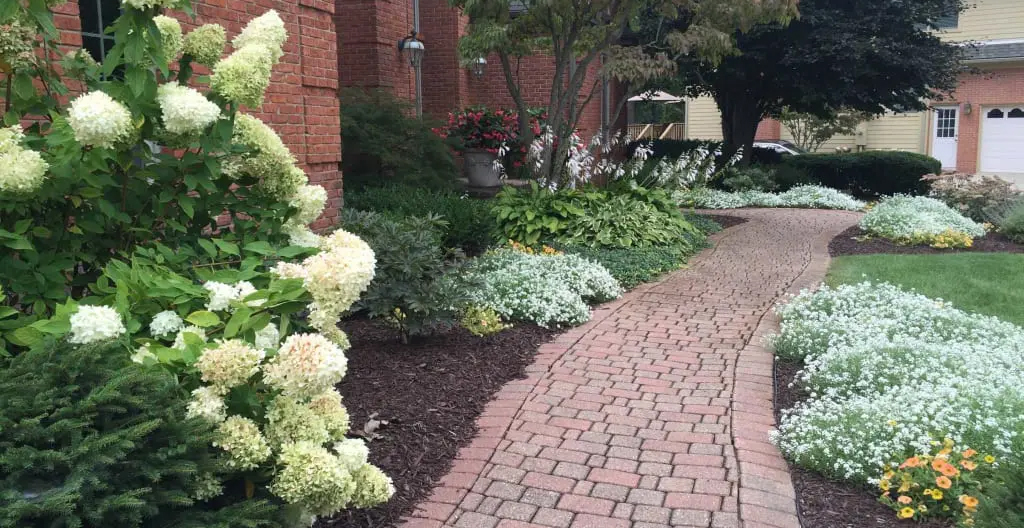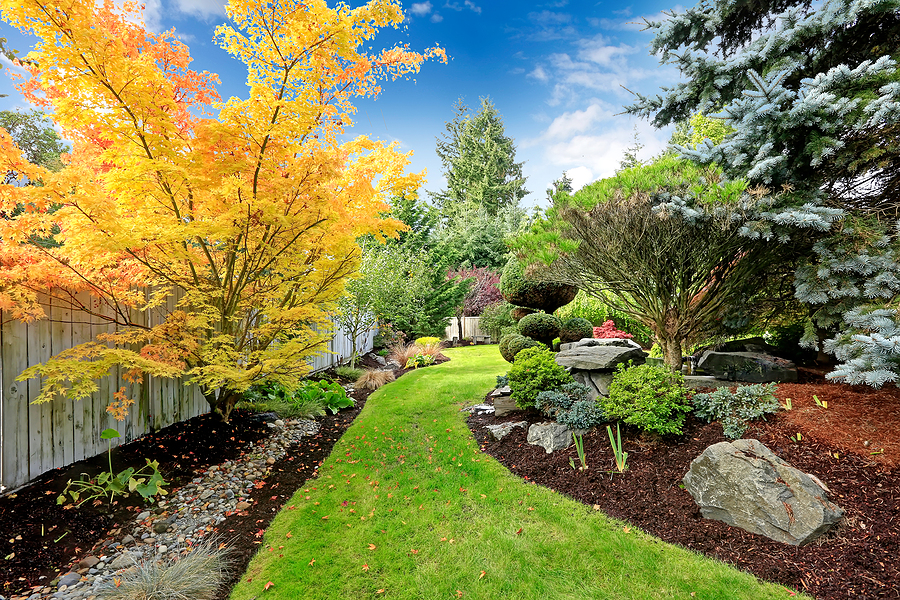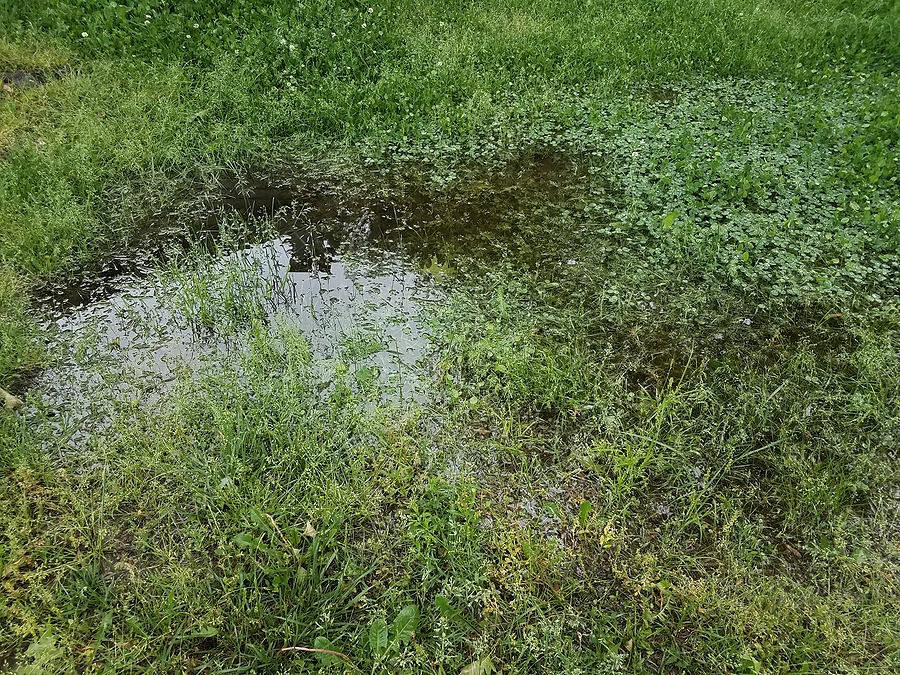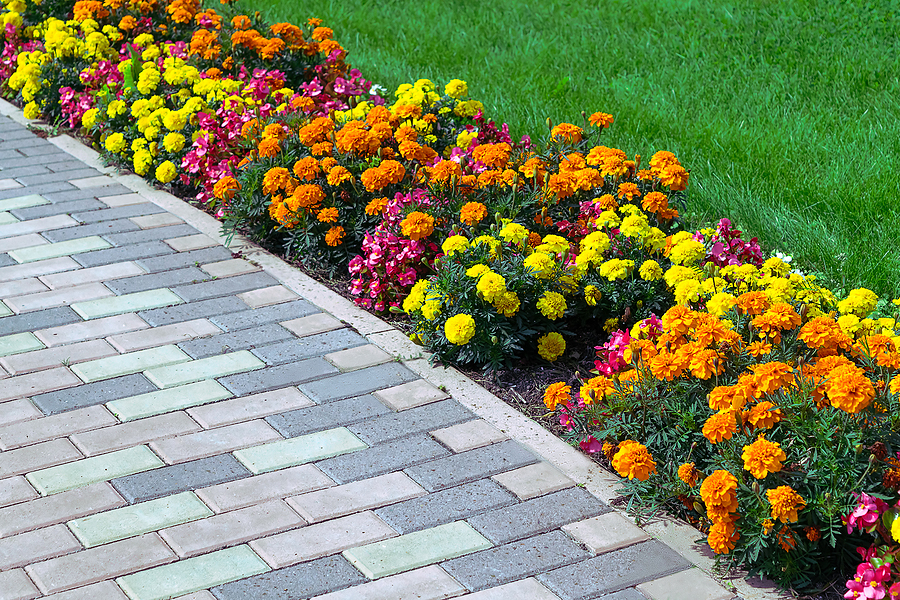Could Retaining Walls Help to Preserve Your Garden?
November 29, 2015
Many parts of Ann Arbor MI and surrounding areas are subject to rain runoff that can cause serio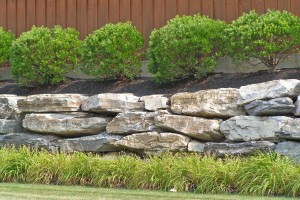 us damage to your home’s landscape. Flower gardens and vegetable gardens can experience severe deterioration due to soil erosion. A retaining wall can help to support these important areas of your property so you can enjoy the benefits of growing your own produce and floral arrangements.
us damage to your home’s landscape. Flower gardens and vegetable gardens can experience severe deterioration due to soil erosion. A retaining wall can help to support these important areas of your property so you can enjoy the benefits of growing your own produce and floral arrangements.
Understanding Retaining Walls
A retaining wall is a structure that is designed to hold back material, usually soil, to prevent sliding or eroding away. They are generally used to prevent shifting of the ground from one elevation to a different elevation. Even though the difference may be slight, over time, natural forces can cause collapse of soil to the lower elevation. In some cases, when landscapes are being shaped into particular designs, retaining walls may be necessary to maintain the shape over time. An example of a simple retaining wall would be a basement wall, which must prevent the earth from collapsing into the lower level from the force of rainwater, gravity and soil compaction.
Type of Retaining Walls
A number of different retaining wall types are used to suit specific circumstances:
· Gravity wall – These walls are generally quite heavy and use their mass to resist the pressure of the material behind it.
· Cantilever wall – The cantilevered type of wall has a vertical portion and a horizontal lever that extends below the frost line. It converts the horizontal pressure on the wall to vertical pressure on the portion below.
· Piling wall – Piling is sometimes used in soft soils or where spaces are tight. Vinyl, steel or wood planks are driven into the ground, often secured to material buried beneath the surface to stabilize the pilings.
· Anchored wall – Anchored walls may use any of the above constructions and additional support, such as cables or other materials, which connect to underlying soil or rock to provide more stability.
Retaining Wall Materials
A number of materials are used in typical retaining wall designs. Some of these are chosen to suit the overall landscape design of the property. These are advantages and disadvantages to each type. An experienced landscape contractor can help to determine the right one for your needs:
· Poured concrete – Poured concrete can
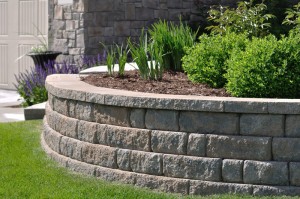
· Concrete blocks –Concrete blocks are another inexpensive material for walls that add support at a reasonable cost.
· Brick – Brick is more expensive than other materials, but fits in well with many landscape designs and lasts for many years.
· Wood – Wood timbers provide an attractive material for retaining structures, but is vulnerable to deterioration from moisture. Wood also requires regular maintenance.
· Dry Stone – Stone is easy to maintain and will last for many years. However, it can be more expensive than other types of wall material.
· Gabion Meshes – Gabion mesh is a wall made of stone, recycled concrete or brick pieces that are held together inside of stacked, steel mesh enclosures. They are very durable and provide a natural appearance, but may provide habitat for small creatures.
If your garden areas are showing signs of erosion or collapse, consult a landscape contractor in Ann Arbor MI that can advise you on an appropriate retaining wall to preserve your gardening space.
Get your yard looking its absolute best with custom landscaping solutions from Twin Oaks. Find us online at https://www.twinoakslandscape.biz/, visit us in Ann Arbor, MI at 4100 South Maple Road, or call us at (734) 213-6911.
